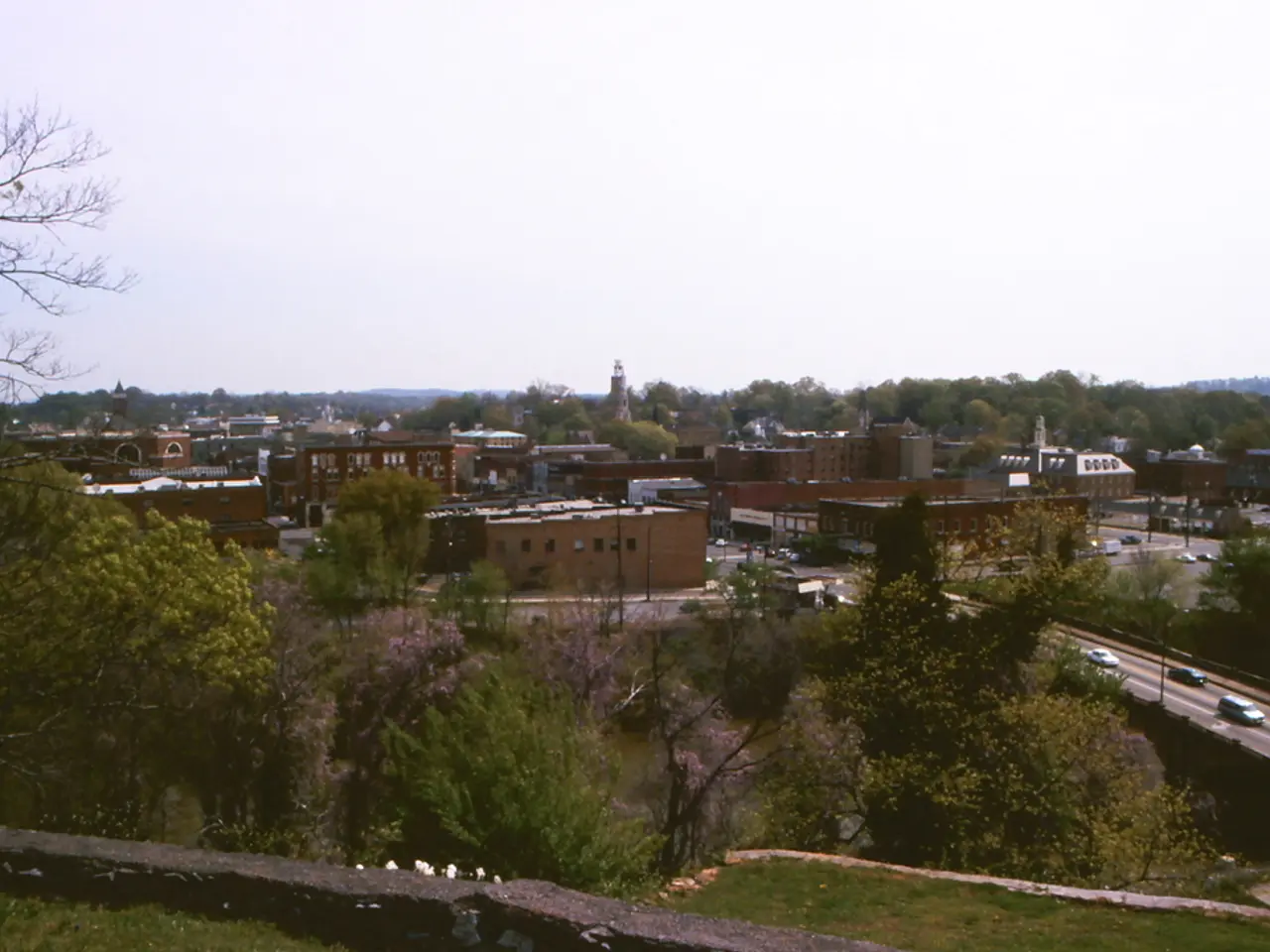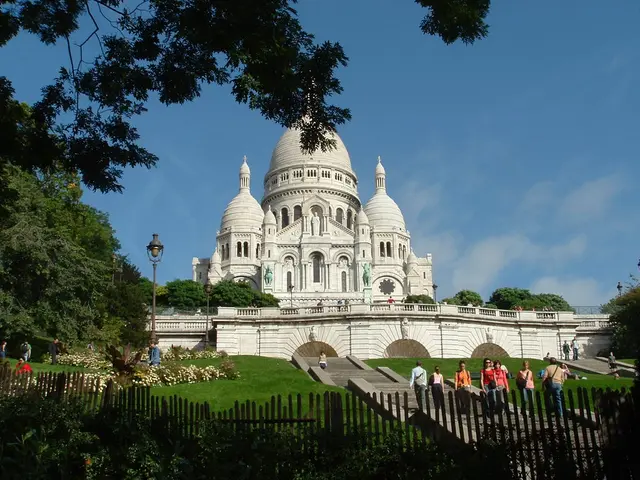Redesign of Major Cities due to COVID-19: Embracing the "15-Minute City" and Cycleways
In the heart of Italy, Milan is looking to make a significant shift towards sustainability. Two key changes recommended for the city's green breakthrough are the promotion of forms of mobility other than private cars and the greening of its streets.
The 15-minute city concept, originally developed by Professor Carlos Moreno at Paris-I University, is a guiding principle for this transformation. This idea, often referred to as a "Human Smart City," aims to guarantee citizens access to primary services within a quarter of an hour on foot or by bike.
Federico Parolotto, the founder of "Mobility in Chain," suggests that extending and widening areas reserved for pedestrians and cyclists in Milan could greatly benefit the city's mobility and quality of life. The pedestrianization of Piazza Castello in 2014 serves as a case study for radical city transformations, demonstrating the potential impact of such changes.
Copenhagen, a city renowned for its sustainability, provides a model for Milan to follow. Its brand attracts tourists who bike around the city, fostering a strong sense of community within neighbourhoods. However, everything cannot be reduced to within 15 minutes in a city like Copenhagen.
The 15-minute city concept is based on the idea of revamping the concept of proximity, with each neighbourhood providing for six essential functions: living, working, providing, caring, learning, and having fun. Barcelona is another city that has embraced this idea, with its self-sufficient neighbourhoods called "superblocks."
The pandemic has opened up an opportunity for Milan to focus on sustainability and a good quality of life. Measures to achieve the 15-minute city in Milan include lengthening the metro route, reserving a share of public construction for social housing, and working on a district heating system.
Milan is considering adopting the 15-minute city concept, as proposed by Mayor Beppe Sala. The city is already taking steps in this direction, with the installation of cycleways in Corso Buenos Aires being fast-tracked due to the pandemic.
However, the specific measures announced by the Milan city administration to implement the principles of the 15-minute city are yet to be detailed. Paris, on the other hand, is currently in the process of pedestrianizing the Champs-Elysees, a decision applauded by Parisians as a symbolic step for the next decade. The cost of the plan to introduce new cycleways and pedestrianize the Champs-Elysees is estimated to be EUR 350 million.
Professor Carlos Moreno believes that the 1990s approach to solving spatial fragmentation using technology is no longer valid. Instead, he advocates for deconstructing cities and thinking about them differently. The ideas proposed by Moreno have begun to take shape in Anne Hidalgo's administration plan in Paris.
Major cities such as London, Paris, Milan, and Madrid are preparing for a future where they guarantee a sustainable standard of living, including minimizing the need for travel to obtain goods and services. As Milan navigates this transition, it looks set to join the ranks of the world's most sustainable cities.
Read also:
- Peptide YY (PYY): Exploring its Role in Appetite Suppression, Intestinal Health, and Cognitive Links
- Toddler Health: Rotavirus Signs, Origins, and Potential Complications
- Digestive issues and heart discomfort: Root causes and associated health conditions
- House Infernos: Deadly Hazards Surpassing the Flames








